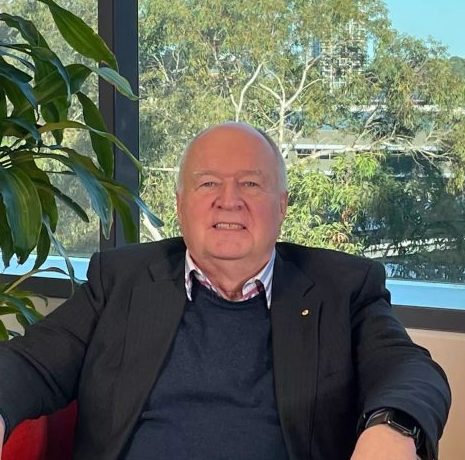The 1-hour algorithm has been implemented at our university hospital. Like any new strategy or new approach that is implemented, it required that an inter-disciplinary team has to meet together and discuss the steps necessary for implementation.
So the experts from the lab, from cardiology and the emergency department got together and we planned the implementation, of course, accompanied with the appropriate education of the staff working in the emergency department.
It’s very important that each hospital identifies the way of transition in their own individual way. So it’s, I think, very important that the local lab experts, the local ED team, as well as the local cardiologists sit together and ensure that they plan their transition in a way that all of them are very comfortable, particularly, I think, with the safety of this approach. So I would recommend, for example if an institution at this point in time is applying the 3-hour algorithm that they just start doing the measurement already after 1 hour, but still keep also the measurement after 3 hours. And then they will identify that they get identical information when applying the 1-hour algorithm in their own patients.
So they should still keep it for 3 hours the patients, or do the measurements after 3 hours. And then they will identify on their own patients that they would have had the same strategy or the same triage information when using the 1-hour algorithm. So it’s too subjective to argue that once we have integrated the 1-hour algorithm everything is fine, so that’s a clear over-simplification.
So still, it’s just a tool that helps us interpret high-sensitivity cardiac troponin in a more sophisticated and in a better way for the benefit of patients. But still, of course, clinicians need to use in conjunction the information provided by the lab with the ECG and clinical assessment.


















